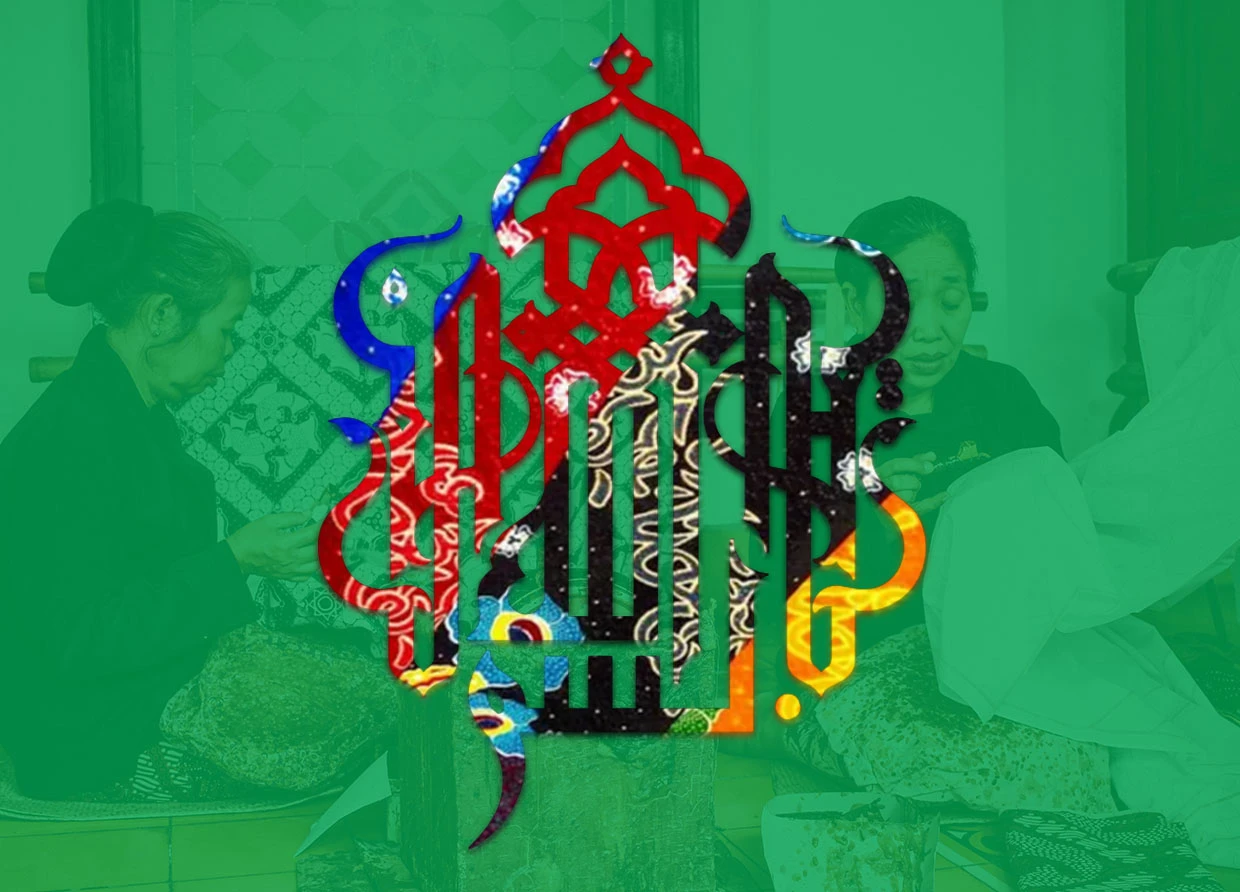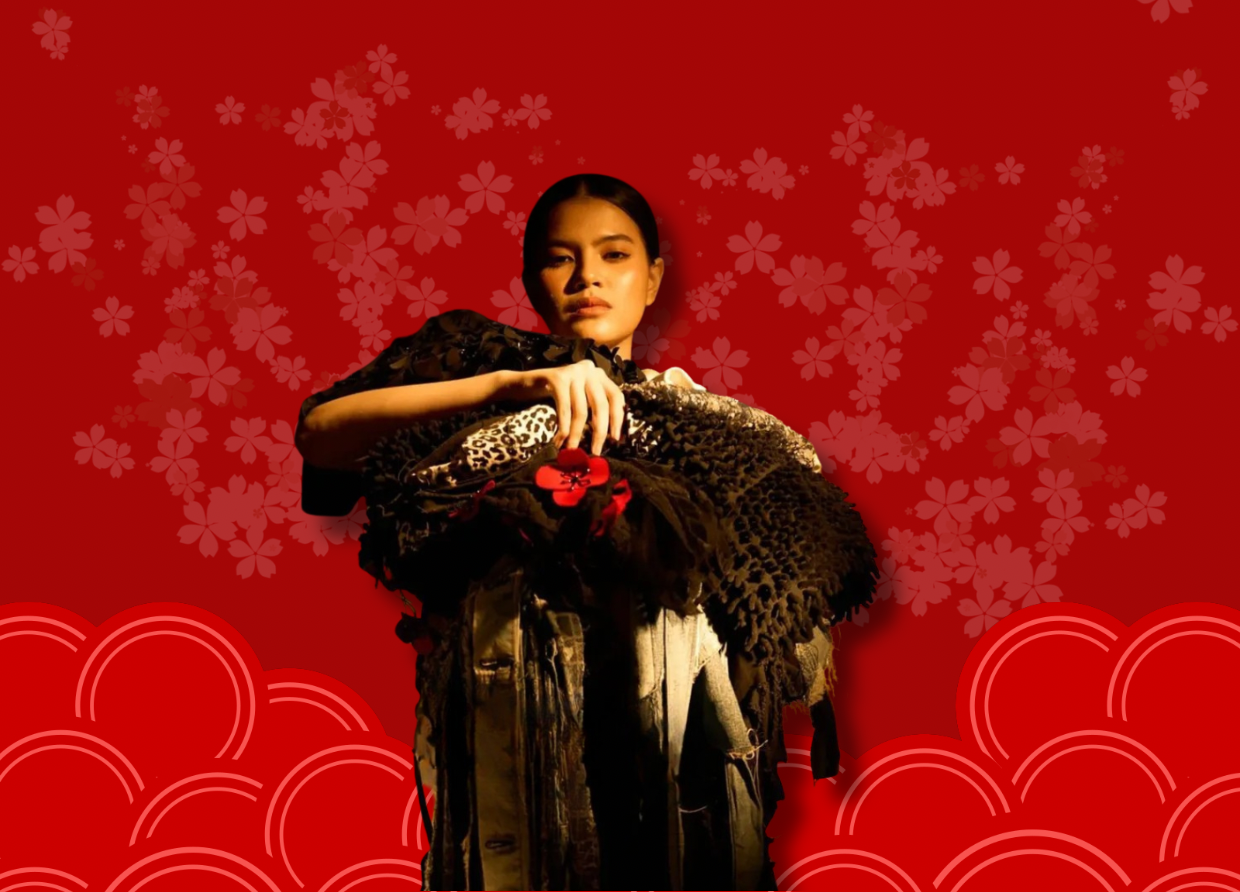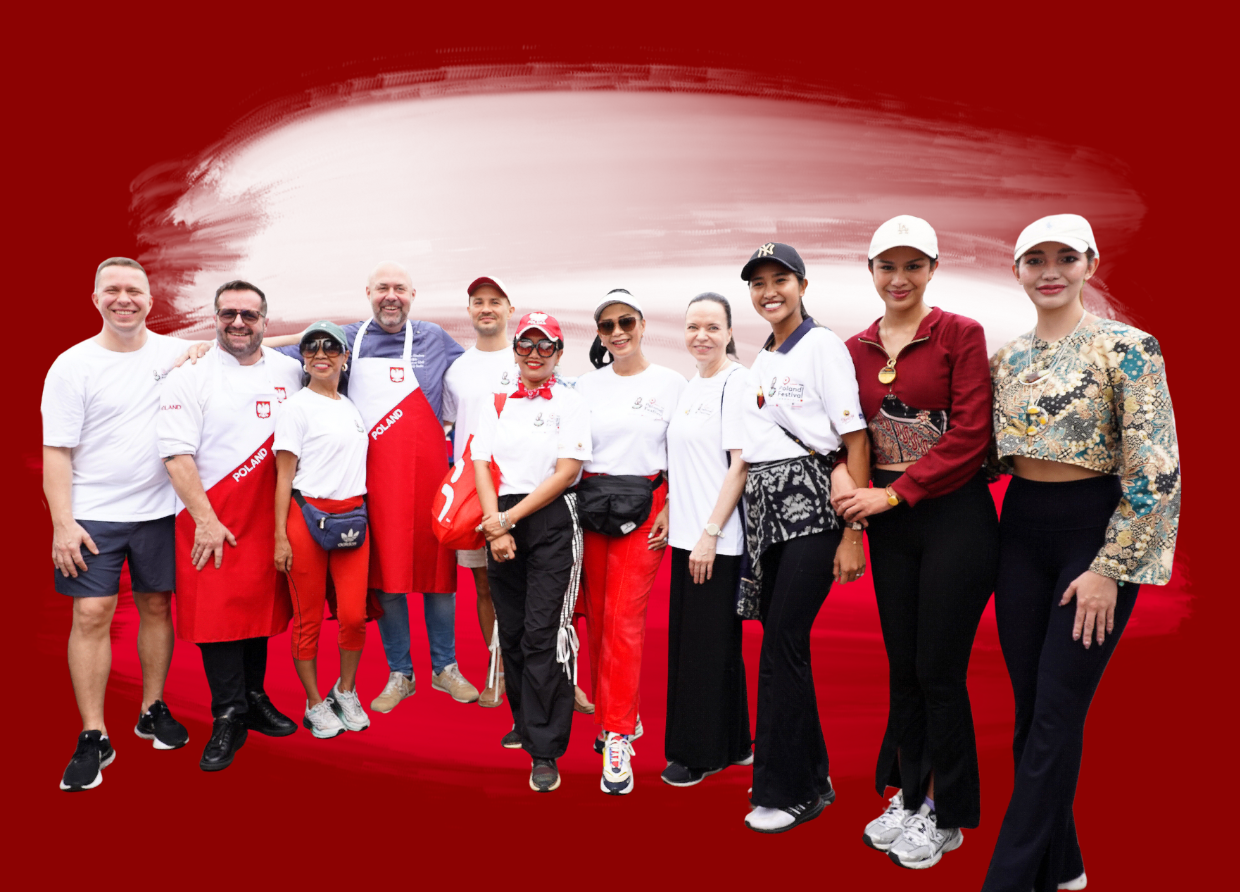BESUREK BATIK: FLOWERS AND ARABIC CALLIGRAPHY
Everything about Besurek Batik from Bengkulu.

Batik has been practiced in Indonesia since the early nineteenth century. There was only one type of batik-making procedure at the period, and it was reserved for the aristocrats and the royal family.
UNESCO has listed batik as a Humanitarian Heritage for Oral and Intangible Culture since 2009. It has evolved, both in terms of motifs and manufacturing techniques. Existing batik motifs have meanings and philosophies relating to nature, culture, religion, and prevalent practices.
There are numerous types of batik in Indonesia, distinguished by the themes and characters that describe a location. Each region's geographical and cultural variables impact the increasingly different batik motifs. Coastal places, for example, have batik themes connected with the sea.
View this post on Instagram
Besurek from Bengkulu is one of the batiks with a distinct style. The motifs of besurek batik are distinguished by incorporating floral images and calligraphy.
The motifs and applications of Batik Besurek
In the past, besurek batik was only used for traditional weddings, infant swing decorations, and body coverings. However, it is now widely used in everyday activities, from business attire to party outfits.
Besurek signifies writing or writing in the Bengkulu dialect of Malay. Indeed, writing in Arabic calligraphy is a trademark of Besurek batik, paired with the Rafflesia flower pattern, a Bengkulu emblem.
View this post on Instagram
There are Arabic scripts, but not all have a special significance, and some are difficult to read. According to Alif.id, Arabic calligraphy in the besurek style exists only for aesthetic purposes in the shape of scribbles comparable to Arabic letters. However, some types of cloth that are often used for traditional ceremonies contain Arabic words that can be read and have meaning written on them.
In general, calligraphy, moonshine, jasmine, kuau bird, tree of life, cloves and Cempaka flowers, and a combination of nail niches with punai birds are common motifs in besurek batik. Typically, various shades of red dominate its color.
The following are the many types of motifs in Besurek batik, as well as their qualities and applications:
- Calligraphy motifs are typically images of Arabic lettering that may be read and understood. Some, on the other hand, are merely ornaments with no purpose. The same color as blue, this batik is typically used as a bridal gown or head covering during a wedding ceremony.
- After calligraphy, the main pattern in Besurek batik is the Rafflesia flower motif, which depicts a large flower typical of Bengkulu.
- The kuau bird theme is dominated by red and mixes Arabic calligraphy with the image of the bird.
- Typically, batik is worn for informal events such as weddings and grave visitations.
- The moon motif is red, but the pattern includes a moon image and Arabic calligraphy elements.
- The bride and groom wear this batik to the pre-wedding function.
- Rigid niche themes are typically shown with snaking shapes resembling ferns and paired with natural images such as flora and fauna. This batik is usually used as a swing bandage in the infant shaving ritual.
- The tree of life motif is frequently mixed with images of flora and fauna and Arabic writing. This batik is predominantly blue and is used to decorate the bridal bedroom.
- The clove and champak flower motifs are red-brown and are utilized in the Bedabung ceremony, which occurs before the wedding when the bride and groom file their teeth.
Besurek batik artisans
Dony Roesmandani, a besurek batik craftsman, said the popularity of Bengkulu traditional batik is not equivalent to the welfare of batik workers since textile fabrics with besurek themes dominated the Bengkulu market, as reported by Dw.com.
View this post on Instagram
When it comes to pricing, the originally written batik will be far more expensive than the batik printing with the Besurek design. According to Dony, a piece of cotton batik costs between Rp 750 thousand and Rp 2.5 million, while silk batik costs Rp 2.5 million.
Because the manufacturing technique is intricate and time-consuming, the price of besurek batik, like written batik in general, is relatively high.
#THE S MEDIA #Media Milenial #besurek batik #batik from bengkulu



























